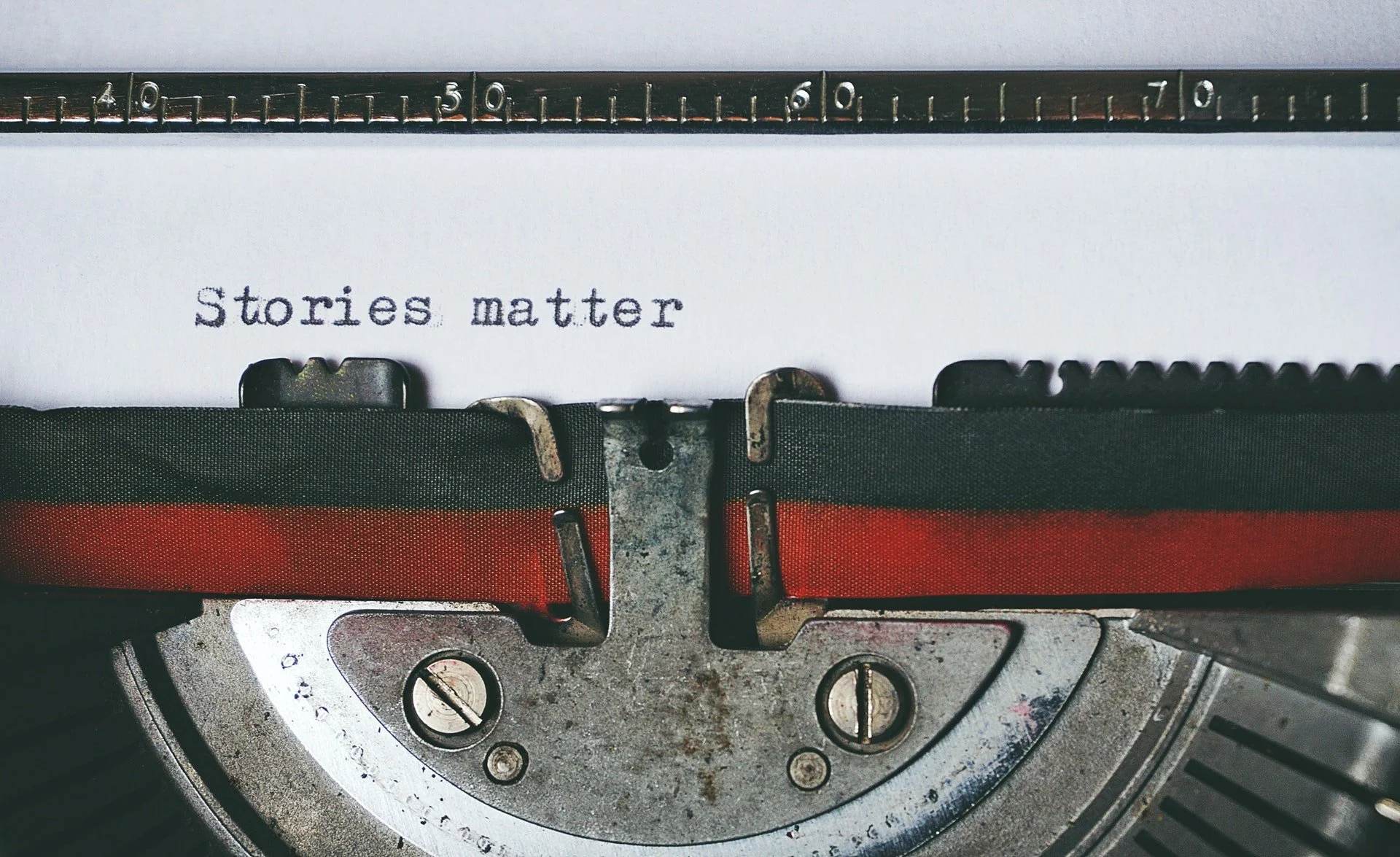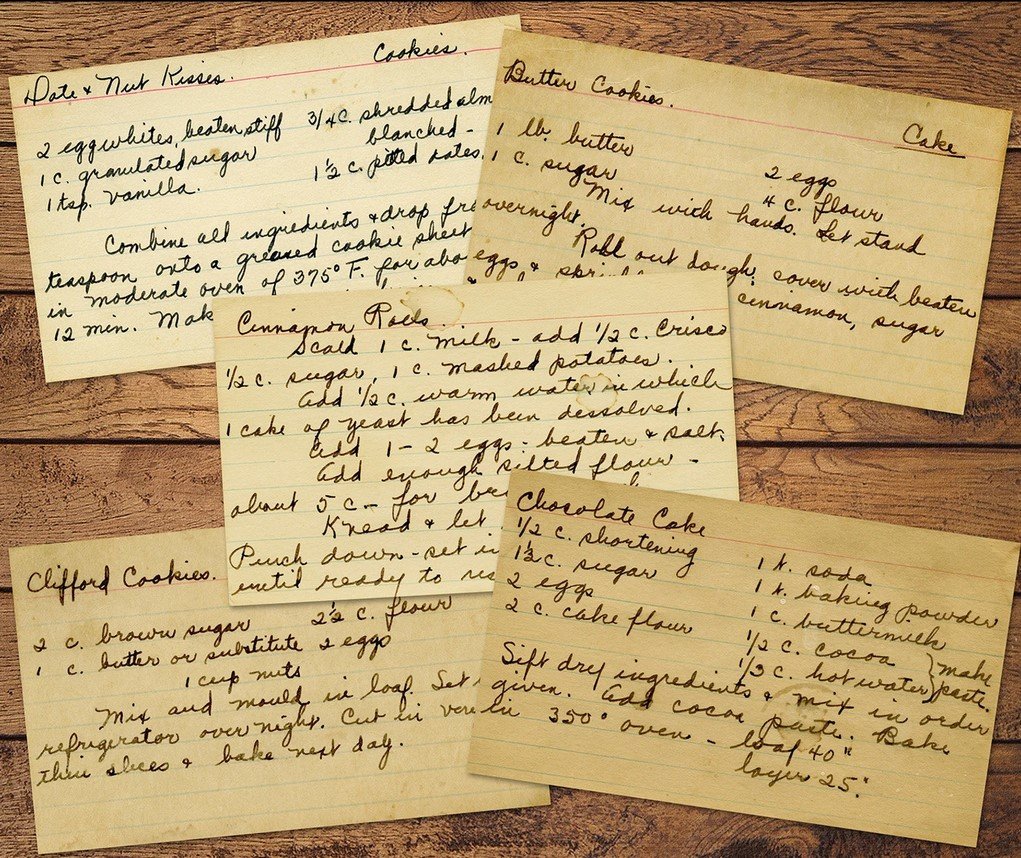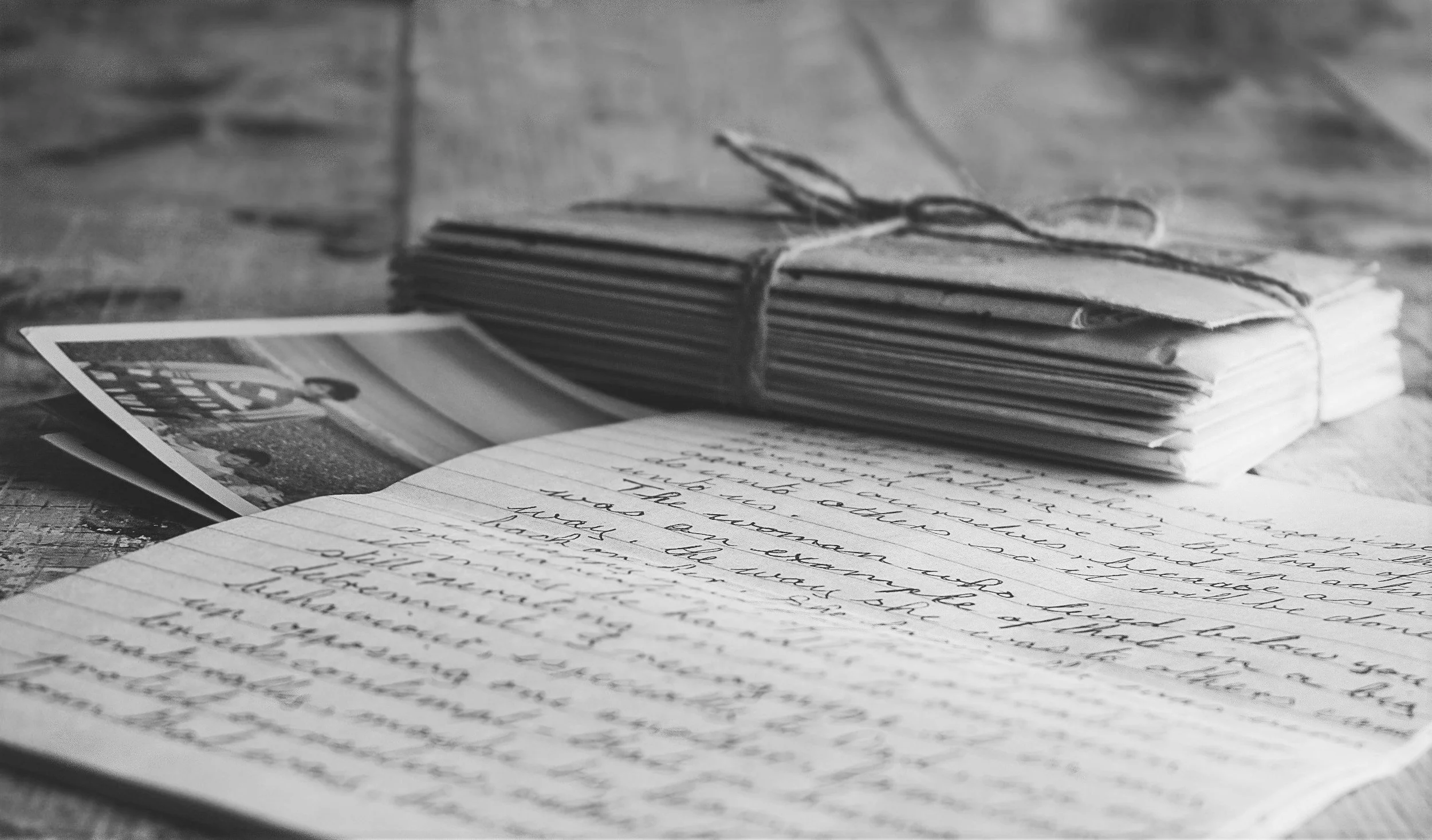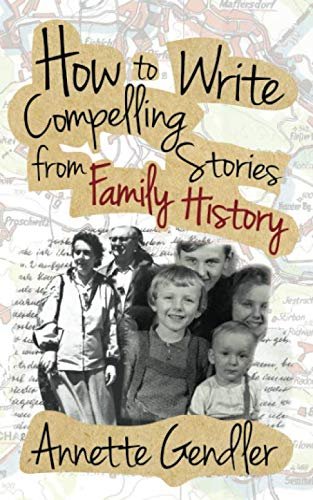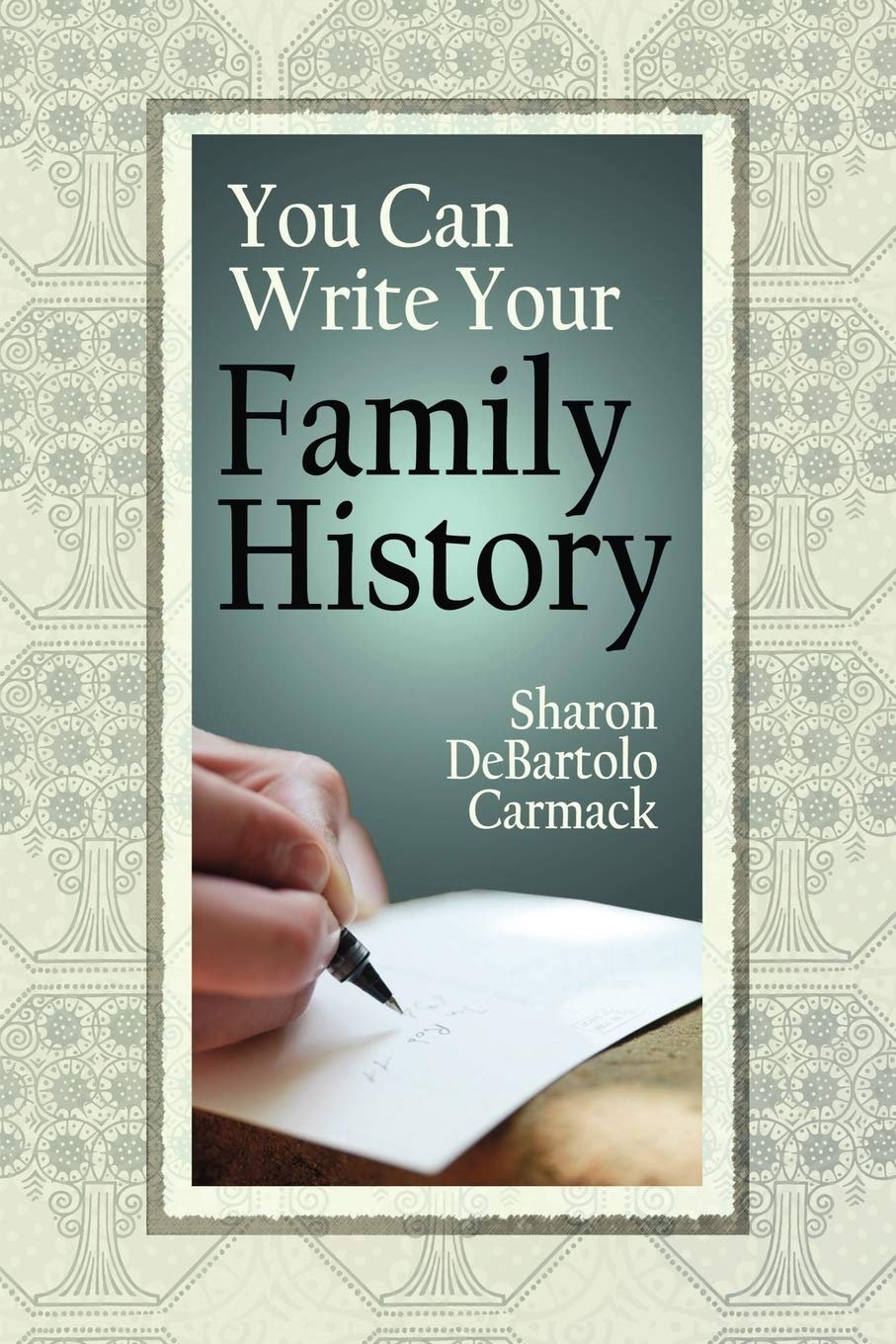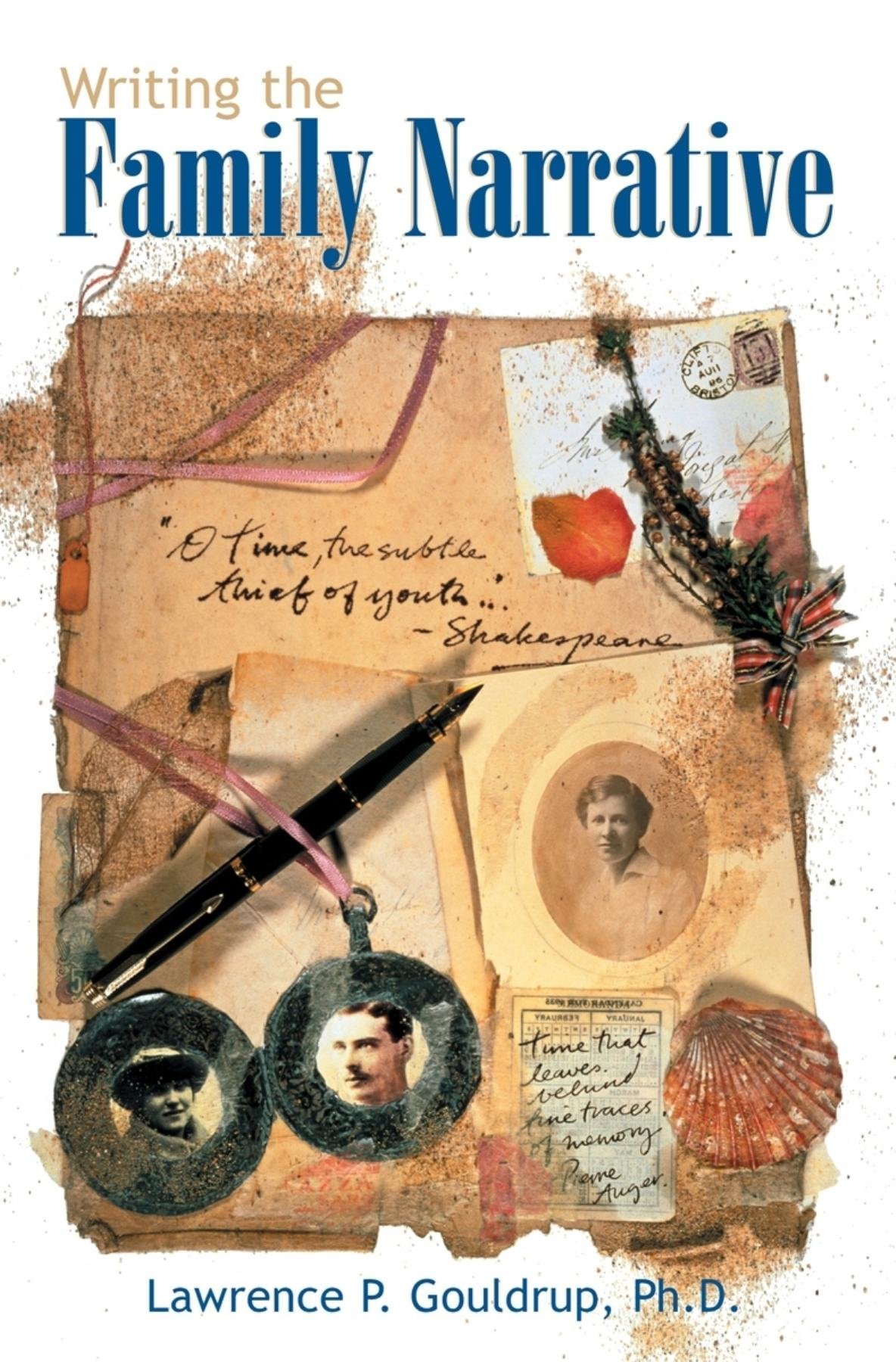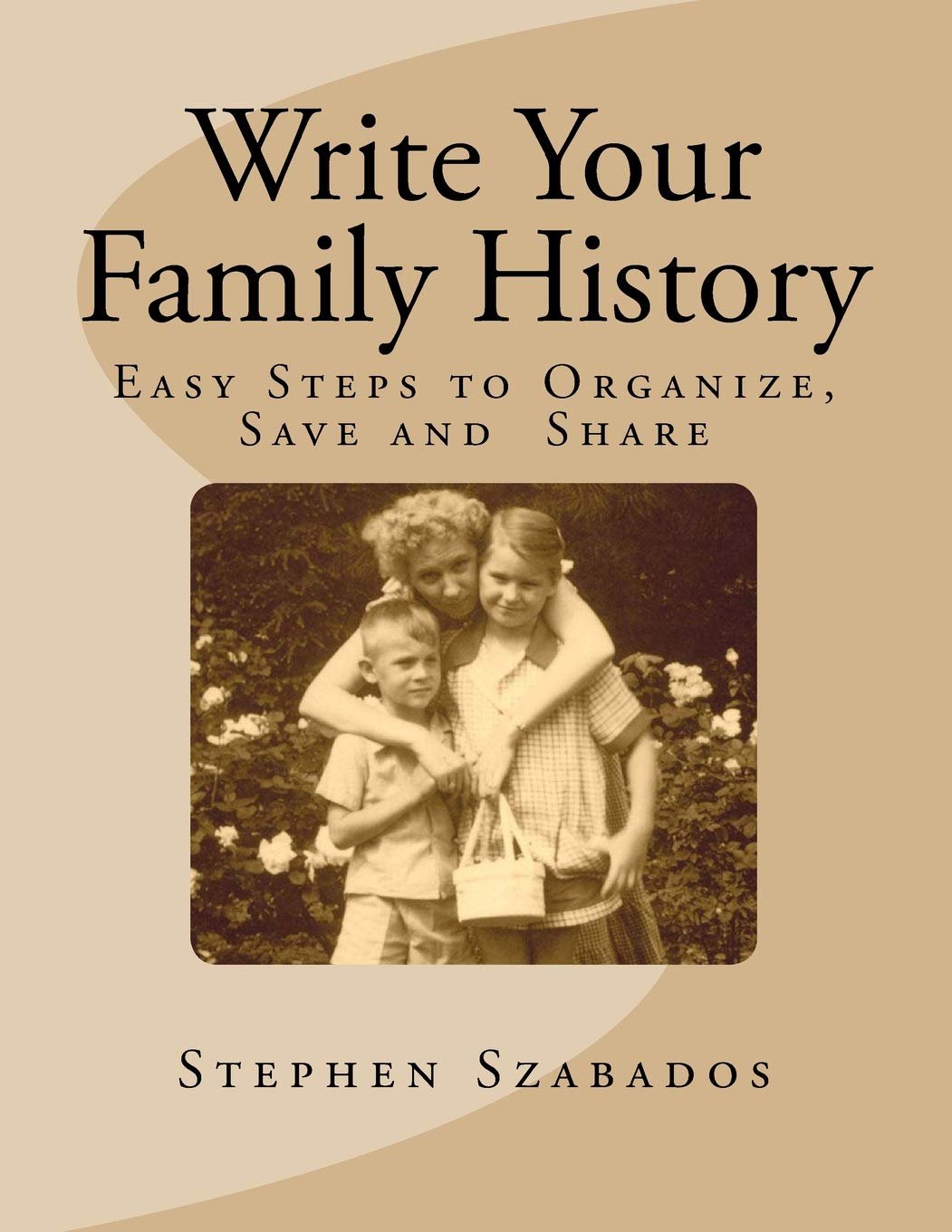Tips for Writing a Family History Book
Writing a family history book?
What a fun, challenging, revealing, and inspiring task! What a great way to honor those who came before us, those who are still with us, and generations to come!
But some family histories are, ahem, better written than others.
I know because I have helped with many a family history project in my work as a nonfiction book editor and author coach.
Whether that’s helping people get organized, helping to ensure that their writing is clear and polished, or even drawing on my PhD in early American history, I’ve helped many authors like you write great books.
What makes a great family history?
Let’s assume the genealogical research is complete. You have photos, newspaper clippings, and other materials to work with. What next?
Below are some tips for writing your family history (and by that, I mean the actual writing, not the research) that I’m excited to share with you.
Writing Family History: How to Organize
Stick to a chronological approach as much as possible.
That’ll help you avoid confusing and disorienting the reader and will keep your writing more direct.
If you’re writing about both sides of the family, do it separately—in two separate parts—in separate chapters, or even in separate books.
Divide your book into 6 to 12 chapters of roughly equal length.
How to organize your chapters:
You might divide your chapters into periods of time (they don’t have to be equal) or around events in your family’s history. Some family historians divide their chapters by generations. Others subdivide those chapters, using bold headings.
Be sure to make your chapter titles Heading 1 and your subchapters Heading 2 if you’re writing your family history with Microsoft Word or Google Docs.
Your book should be held together by themes, or threads, that run through the book.
Maybe your family history is about moments of courage, painful tragedies, service to others, long journeys, many little moments that are cherished, big weddings. Maybe it is about service to country. Faith. Something else. You’ll want to point these out in your introduction, conclusion, and back cover description.
Tell stories. Stories matter. Your family’s stories matter.
How to make a family history narrative flow
Beyond adopting a chronological approach, try to write in as direct a way as possible.
Paragraphs can be short—perhaps 4 to 8 sentences.
Each chapter should start with a story, a quote, a description of a place, or an explanation of the research.
Each chapter should end by very briefly summing up what happened and foreshadowing what will happen in the next chapter.
What should be included in a family history book? Examples:
Experiment with creative chapter titles.
Your chapter titles ought to be phrased or structured in a similar way.
Include scanned family photos and newspaper clippings. Phone technology is great, but a scanner is better.
Include a family tree or genealogy chart.
Make your book relatable. Highlight not only what seems novel and different—like someone riding to work on horseback—but also the aspects of the human experience which are universal and transcend time, things like love, loss, adventure, pain and struggle, and holiday celebrations.
Provide context. Help your reader understand the times in which people lived. Some examples: Who was president then? What was the population of New York City when they arrived there? How much did a loaf of bread or a gallon of fuel cost (then and in today’s money)? What was the town known for then?
Include a section with family recipes.
Include sayings or maxims your parent or grandparent or great-grandparent was known for. This is a great way to preserve what might otherwise be lost.
Too many dates can get really confusing. Consider including some sort of timeline in the back of the book. It may be a list of the most important dates for events covered in the book, or something different. Up to you.
Some family historians include an appendix with a bullet list of some of the most important details from the book—facts about the family or family members, if you will. A page or two will do.
Although phones can take amazing, publication-worthy photos these days, it’s a great idea to invest in a high-quality scanner.
Hiring an editor for a family history book: Do you need to?
Probably yes.
No, it isn’t enough to have a close family member read your book. That’s great for fact-checking and for handling sensitive subjects, but they’re too close to you and to the subject to do your book justice, as far as the editing goes.
It doesn’t have to cost a fortune, but as a first-time writer, especially, it can be hard to spot little mistakes and internal inconsistencies that might distract your reader and detract from the overall quality of your book.
You can also get a decent product from an AI grammar and spelling checker like Grammarly or ProWritingAid, which can do more than Microsoft Word.
Ideally, hire a copy editor.
For most authors, hiring a copy editor is wise. A good copy editor will check grammar, spelling, capitalization, punctuation, and sentence structure. They will look for inconsistencies, repetitions, and pet phrases. They may also look at transitions between paragraphs.
And they’ll make sure your book aligns with The Chicago Manual of Style, the book with all the “rules” for nonfiction books.
Working with Daniel Tortora as he edited my book gave me joy and confidence. . . .
Beyond simply making corrections in the text, he brought a personal endearment to the project.
He crafted a polished and refined piece of work for my readers.
I enjoyed working with Daniel and will be forever grateful.
—Bonnie Kenny, author of family history book An American Journey
**See Daniel Tortora’s copy editing services for US authors and schedule a free discovery call.**
No matter what, run your spell-checker, and, when giving your manuscript a final read, change the font and/or print it out so that you will (hopefully) see it with fresh eyes. This will help you create something you can be proud of.
Family history indexing: Do you need an index?
Do you need it? No. Is it nice to have? Yes.
I have done indexing for family history projects before. A good index helps people look up not only the names of people but also significant events or even themes in the book.
While it is possible to make an index with Microsoft Word, it is a difficult task. Indexing is truly a skill.
It may be best to hire an indexer. When hiring an indexer, find one who uses The Chicago Manual of Style and the American Society for Indexing guidelines. You’ll get a better result.
It’s also important to carefully proofread the index. Audit some of the entries. Are the page numbers accurate? Are the entries aligned properly? Are there dashes (not hyphens) in between ranges of page numbers? Are people’s last names spelled correctly?
Publishing a family history book
If you have plans to self-publish your book, remember that you have options. There are a number of companies out there offering self-publishing services. Not all are equal.
So shop around. What are you getting? Do you really need what they’re offering? How nice/modern do their covers look? What is their time frame?
If time is precious, you have no interest, are not tech-savvy, or are not the DIY type, you can expect to spend a minimum of $1,000 to $3,000. But I think your money is better spent using a free formatting tool and doing the work yourself.
It is easier than ever before to DIY. You don't need to spend thousands of dollars to do it.
Many people publish their family history with the help of a printer or a company specializing in helping authors print books like this.
Family histories are often published in hardcover. If you have a dust jacket and flaps, the color of the cover doesn’t really matter. But you might choose a color that complements the jacket color.
It’s possible to format a book for free using a free book formatting tool like the Reedsy Write a Book tool or the free tools from Draft2Digital. (And no, you don’t have to publish your book with D2D in order to use their free tools.)
You’ll have more interior design options with a low-cost paid tool like Atticus.io, which is well worth checking out. It’s a one-time purchase and you can use it online or offline.
Be sure to carefully proofread your book when it has been designed and is just about ready to publish. Look for obvious typos, inconsistencies in spelling, capitalization, indentation, and formatting, and any inexplicable white space.
Writing family history: author hang-ups
😟“I don’t want to make waves with sensitive topics.” Can you run your ideas by people and reach a compromise? Is there a disclaimer you can use, a “this is how it was told to me, but memories vary” type of statement?
😟“It’s too expensive.” I’ve given you some cost-cutting measures above.
😟“I’ve never written a book.” A lot of people are writing books who have never written books. Stick to the advice above and hire a good copy editor. You’ll be glad you did.
😟“I’m too old for this.” I worked with an 89-year-old author (who published her book at 90), and it was a great book. She had been working on for 20 years and was overjoyed to see to completion.
😟“I don’t know if I can write that much.” It doesn’t have to be a doorstop. Many family histories are 30,000 to 60,000 words. Some are shorter, more photo-based. Others are longer.
😟“I’m having a tough time organizing my thoughts.” If you’re struggling to write or type, try recording yourself (or others) telling stories. Then turn that into words. Experiment with dictation or transcription. Remember, you can even organize your book as a series of stories.
Final words of encouragement for you, the family historian and author-to-be
A family history book is a gift, a labor of love.
In writing your family history book, you’re leaving a beautiful gift to the next generation to understand where they came from and what they’re made of.
In doing so, you’ll not only feel inspired, but you'll also pass along that inspiration to others.
While you may send copies to the relevant local historical societies, your mission is to capture the essence and beauty of your family and their story, to put together what you can before it is lost forever, and to put it all into context—and in a product that reads well and looks nice.
You don’t need to write a lengthy book to complete your mission.
You don’t have to spend a fortune (though if you can spend a little, you’ll be glad you did).
I hope these tips have given you some helpful pointers and ideas as you complete your book.
You can do this!
Further resources for writing a family history book
PatMcnees.com has many resources on writing and organizing family history.
The best books on writing family history (all on Amazon and should be readily available elsewhere)
Include, but are not limited to, the following:
How to Write Compelling Stories from Family History by Annette Gendler
You Can Write Your Family History by Sharon DeBartolo Carmack
Writing the Family History Narrative by Lawrence P. Goldrup
Write Your Family History: Easy Steps to Organize, Save and Share by Stephen Szabados
Write a better family history book—hire an author coach or editor today.
Daniel Tortora, nonfiction author coach and editor
Author coaching | Copy Editing and Line Editing | Developmental Editing
